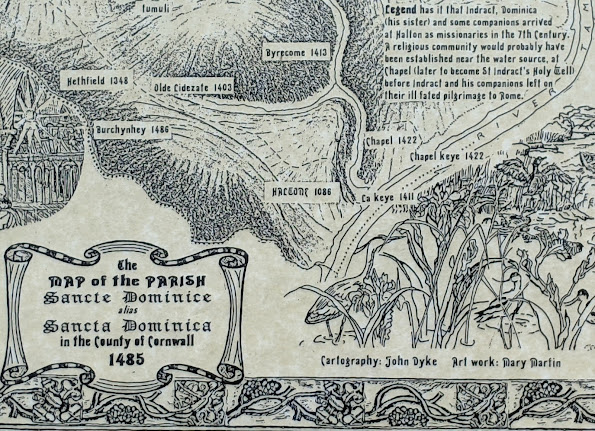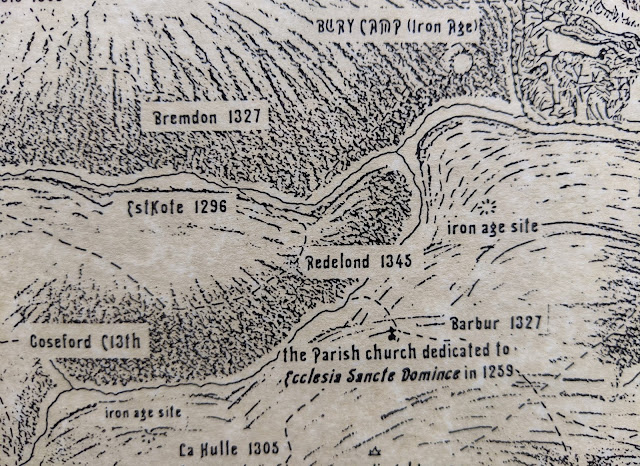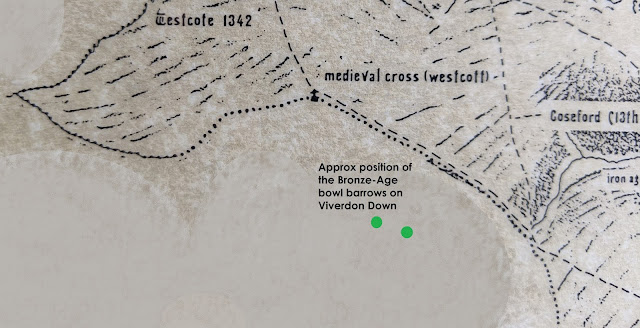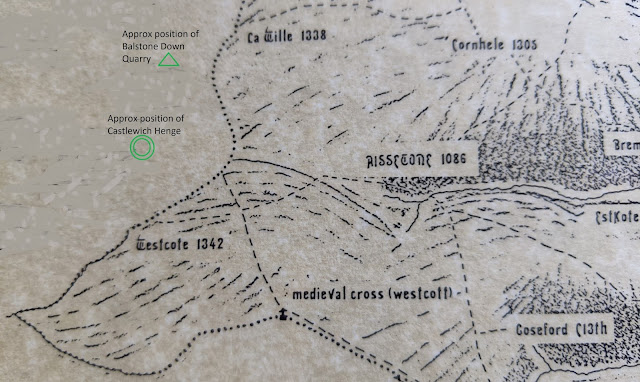History of St. Dominick – an occasional series: #5 Pre-history – 1485 Map 1: Part 4 Roman - Dark Ages: Indract & Dominica

History of St. Dominick – an occasional series: #5 Pre-history – 1485 Map 1: Part 4 Romans to the Dark Ages and Indract and Dominica Part 4 (Romans AD 43 - AD410 Dark Ages 410 - 1066)Boldly stating Roman in this title suggests we have something Roman in St. Dominick. However, as far as I know we do not have any Roman remains … not even a few Roman coins turned up by metal-detectorists - unless someone can tell me different! I would not be surprised if something Roman was to be found somewhere in the Parish however, after all we border the Parish of Calstock and it isn’t far by river to the settlement at Calstock – and we now know there was a substantial Roman Fort in Calstock. This was only discovered, near St. Andrews Church on the hill above the town, in 2007. (Reference 1) I had the pleasure of joining in a community dig there in 2019 – more opportunities will be coming up as the dig area expands and the funding continues. This Roman Fort appears to have been in use betwe



